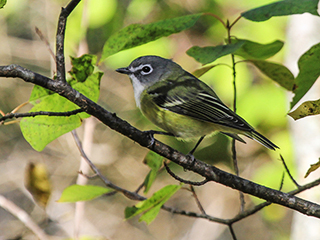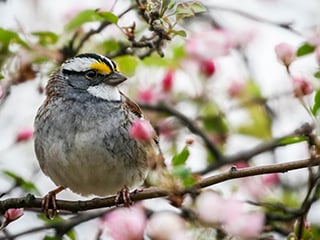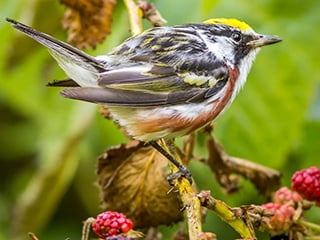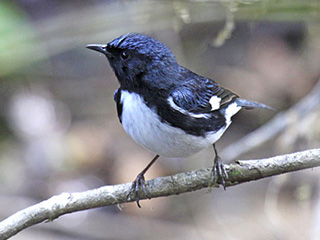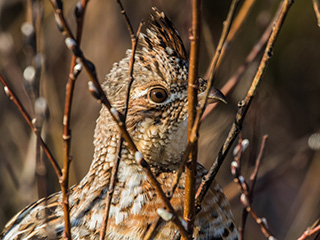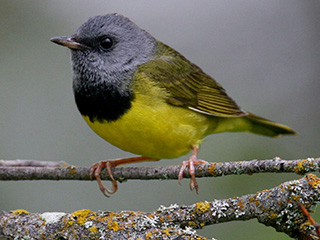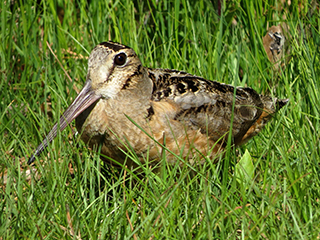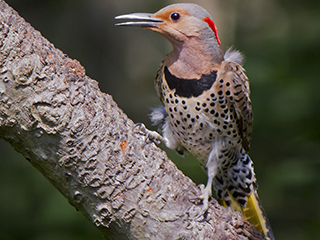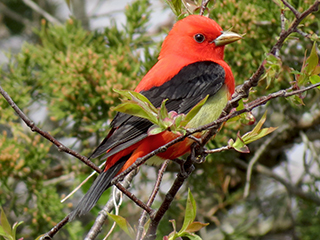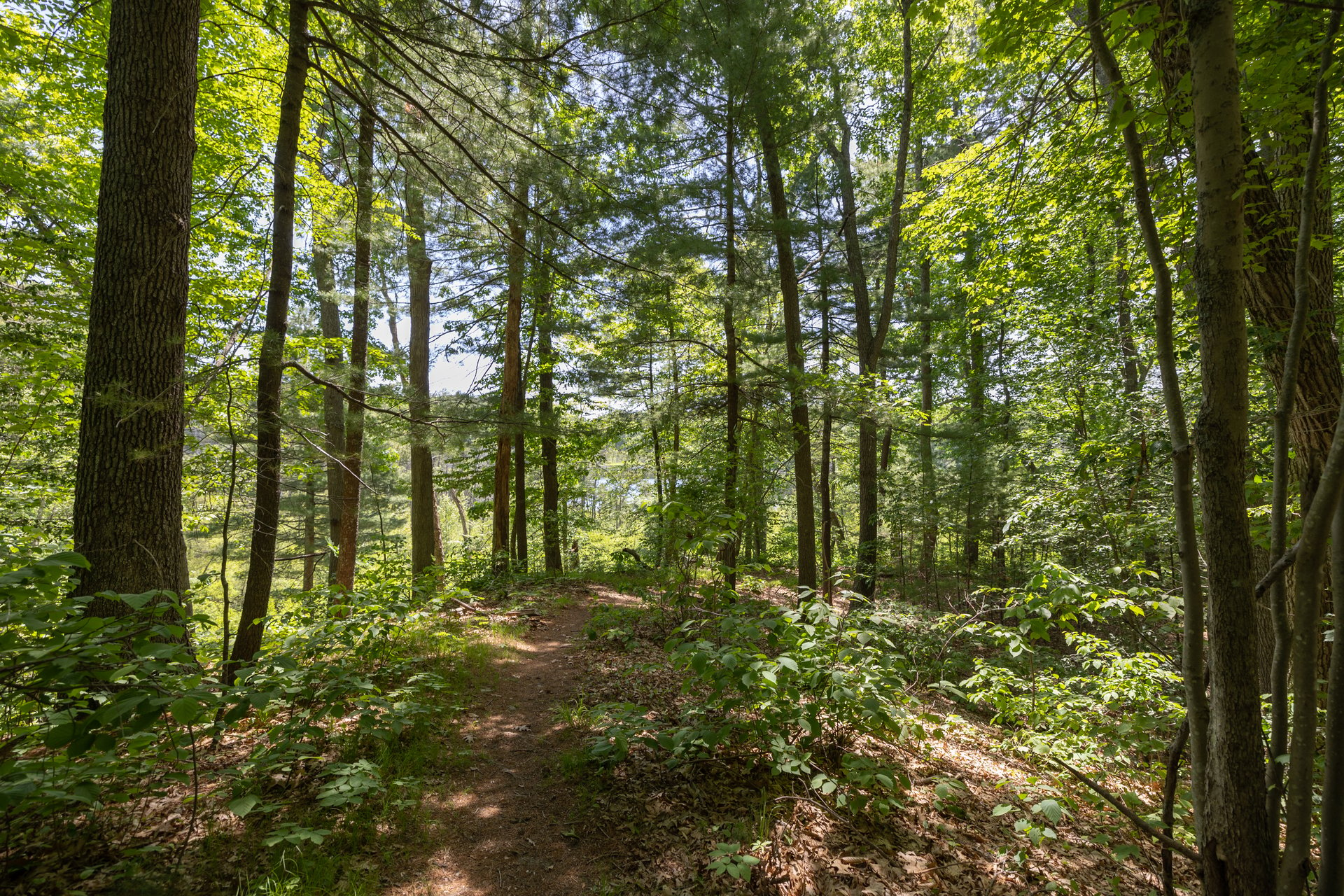There is a quiet revolution beginning in the forests of Massachusetts. Across the state, private landowners are stepping up in a big way to address crucial conservation needs, right in their own backyards.
With more than 3 million acres of forested land in Massachusetts—about 75 percent of which is privately owned—landowners are in a unique position to create and maintain habitat that supports the birds and other wildlife who also call the land their home.
Forests, Young and Old
When we picture a forest, many of us call to mind a pretty generic image of a lot of trees. But forests contain an incredible variety of habitats: hardwood, softwood, or mixedwood; dense canopy or open clearings; young forest with low shrubs and saplings or mature forest containing dead, decaying trees and gaps in the canopy; and countless more.
There are many types of forest habitat and each bird species has its own preference—some birds, like the yellow-bellied sapsucker or the northern flicker, will only nest in tree cavities, while others, like the northern bobwhite, only nest on the ground in shrubby areas. You can see why it’s so important to have habitat diversity in our forests.
In Massachusetts, the forests are mostly uniform and have lost the vast majority of their young, early-successional habitat over the last half-century. This has devastated dozens of bird species that breed in Massachusetts. The good news is that we can create many types of rare forest habitat through careful forestry with the right knowledge, tools, and support. That’s where Foresters for the Birds comes in.
Merging Goals
The Foresters for the Birds program is the result of a partnership between Mass Audubon, the Massachusetts Department of Conservation and Recreation (DCR), and the Massachusetts Woodlands Institute. Based on a similar initiative by Audubon Vermont, the program provides education, expertise, and limited funding to landowners to enable them to manage their woodlands in a way that meets their own land management goals while also supporting forest bird species and other wildlife.
The program connects landowners with licensed foresters trained and certified in conducting Bird Habitat assessments. Together, they evaluate the land to determine what types of habitat are present and which species likely utilize the habitat already. The forester also makes recommendations for improving or creating new bird habitat.
These recommendations can be integrated into the landowner’s management goals (producing firewood, managing water quality, generating income through timber products, or improving recreational trails, for instance) to create a stewardship plan that works for everyone.
See It in Action
To promote the program and give the public a chance to learn and see it in action, Mass Audubon is creating a long-term demonstration site at Elm Hill Wildlife Sanctuary in Brookfield and North Brookfield.
As early as this summer, foresters, landowners, land trusts, and other conservation entities may visit the property during scheduled programs and see how they can manage their own woodlands for birds and other wildlife.
Beyond Birds
The Foresters for the Birds program isn’t just about protecting our feathered friends, despite its name. Forests contain a complex web of life, so health and diversity can be difficult to measure.
In addition to being easy to find and tally, birds are important indicators of overall ecosystem health: resilient, diverse bird communities signal a forest ecosystem that is healthy, resilient, and diverse as a whole. By protecting and enhancing bird habit, the Foresters for the Birds program protects and enhances habitat for all wildlife.
Forest Birds
